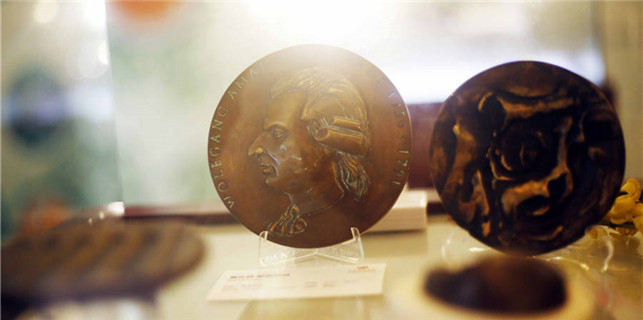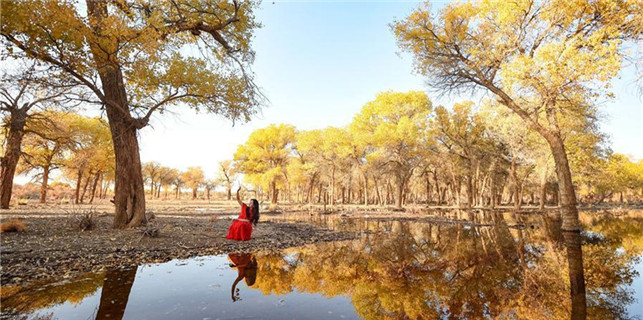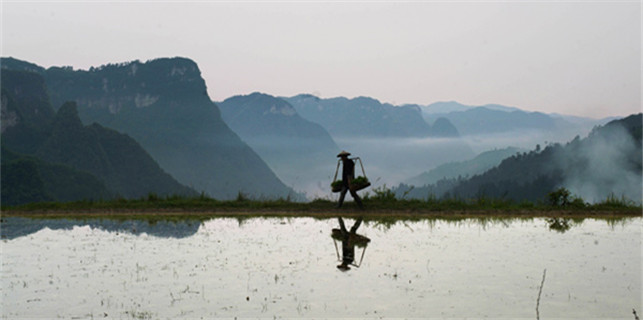Chinese scientists plant corals undersea
Scientists are now wondering if corals can be planted on the seabed much like trees on land to significantly expand the acreage of coral reefs.
Huang and her team have been trying to cultivate coral on a small scale since 2009. After numerous failures, little by little they learned how to grow various corals in different undersea environments.
Huang uses afforestation on land as an analogy for coral planting. First, they grow a seedling in the nursery. When it becomes a sapling, they transplant it to where it's needed. First they cultivate the fast-growing species, and then foster the enduring ones.
Corals can reproduce through both asexual and sexual propagation. During the reproduction season, scientists can work underwater for days to acquire fertilized eggs for further study. They have acquired the technology for artificial fertilization of more than 10 coral species.
Chinese scientists also conduct research on asexual propagation. They cut coral reefs into finger-sized branches, and after some cultivation, stick them to artificial coral banks undersea.
They nail down racks on the seabed and hang ropes on them. Then they fasten coral cuttings on the ropes to make "coral trees," or they use a net as a floating bed, and plant corals on it.
"This is the nursery garden. The coral seedlings are too young. If they were directly planted on the seabed, they would be vulnerable to disturbance by sediments and sea flows. So we wait for the corals to grow and then transplant them onto the seabed," Huang explains.
"We aim to revive the whole ecosystem of coral reefs, so we not only do need to plant corals, but we also need algae, seaweed, seashells and other organisms living in harmony," Huang says.
Coral-planting undersea is harder than planting trees on land. "We face great difficulties, such as damage caused by human activities and typhoons. Newly planted corals are quite fragile, so typhoons are serious threats," Huang says.
Research assistant Yang Jianhui says, "During nighttime operations, we may encounter poisonous creatures underwater, which is pretty dangerous. If that happens, we must take emergency measures."
Planting corals undersea also is labor intensive and costly, says Huang. "After successfully planting corals, we need to figure out ways to cut the costs."
To date Huang's team has successfully planted about 100,000 square meters of coral reefs. In 2016, the survival rate of the sowed corals was 75 percent.
Coral reefs grow very slowly. The fastest-growing species grow about 10 centimeters a year, while some grow less than 1 centimeter. It will take decades or even hundreds of years before a large-scale undersea forest forms.
"As we look for ways to revive coral's ecosystem, we should also raise awareness of environmental protection, in order to curb factors causing coral degradation," adds Huang.






















